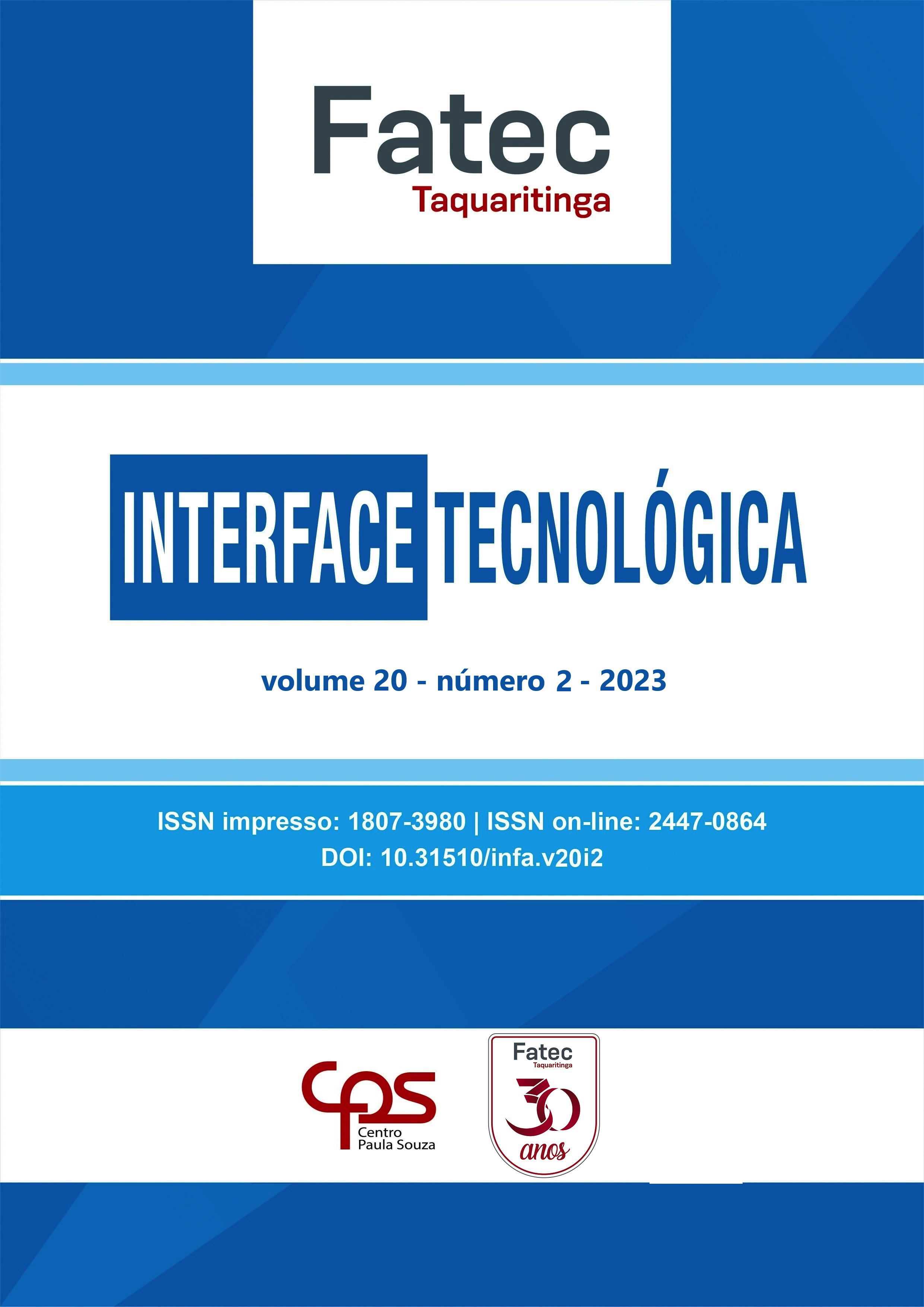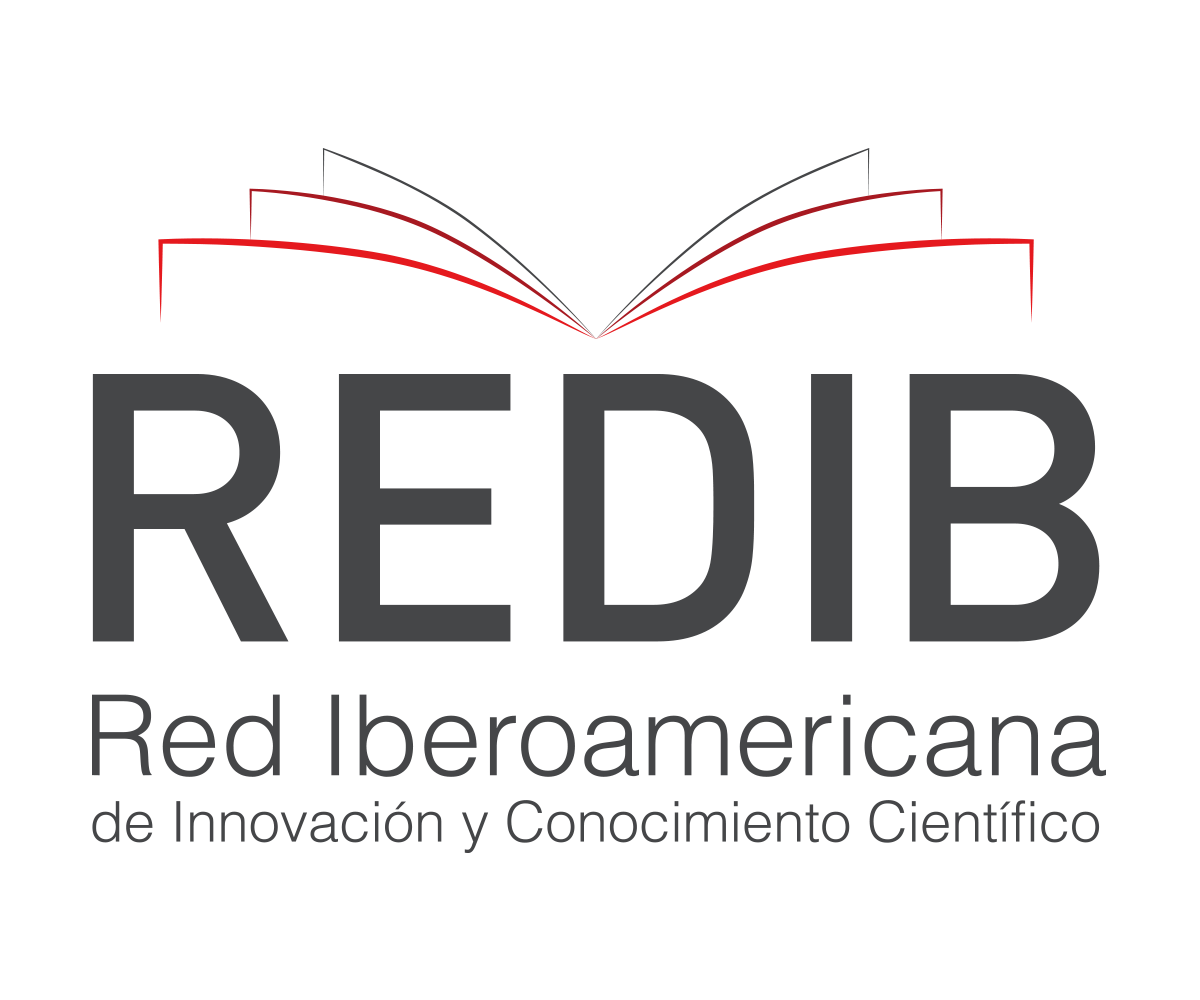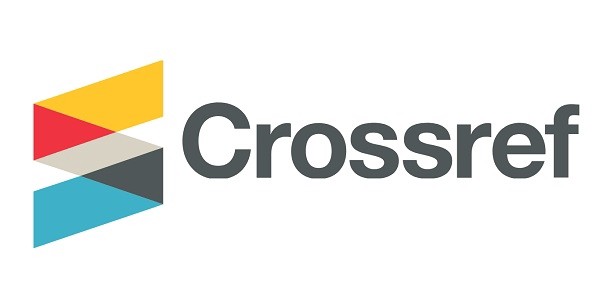TOPIC ANALYSIS ON SOCIAL NETWORKS USING NATURAL LANGUAGE PROCESSING (NLP)
DOI:
https://doi.org/10.31510/infa.v20i2.1750Keywords:
Topic analysis, Natural Language, Data analysis, Artificial intelligence, Machine learningAbstract
This article investigates the role of Natural Language Processing (NLP) in topic analysis on social networks. It discusses the fundamentals of NLP, its main challenges, and techniques, as well as illustrating how they contribute to the understanding and processing of human language by Artificial Intelligence systems. Through a qualitative study, data from Twitter/X and Reddit were collected and processed using each platform's API and data scraping techniques. The collected data were cleaned and normalized, then analyzed using NLP techniques such as lemmatization, the bag of words method, and TF-IDF. The main objective of the study is to develop a solid understanding of NLP and its techniques, and to apply them to relevant data collected from social networks to identify trends and relevant topics. This investigation highlights the importance of NLP in today's digital world, where data analysis on social platforms has become crucial to understand trends and behaviors. The article also emphasizes the relevance of advanced NLP techniques in extracting meaningful insights from large textual datasets and in overcoming the challenges inherent to human language.
Downloads
Metrics
References
ALVES, Igor Nascimento. Lemmatization vs. stemming: quando usar cada uma?. quando usar cada uma?. 2021. Disponível em: https://www.alura.com.br/artigos/lemmatization-vs-stemming-quando-usar-cada-uma. Acesso em: 17 jun. 2023.
BIRD, Steven; KLEIN, Ewan. Natural Language Processing with Python: analyzing text
with the natural language toolkit. S.I: O'Reilly Media, 2009.
BISHOP, Christopher M. Pattern Recognition and Machine Learning. 2. ed. S.I: Springer, 2011. 738 p.
BLEI, David M.; NG, Andrew Y.; JORDAN, Michael I.. Latent Dirichlet Allocation. Journal
Of Machine Learning. S.I, p. 993-1022. 03 jan. 2003. Disponível em:
https://www.jmlr.org/papers/volume3/blei03a/blei03a.pdf. Acesso em: 15 jun. 2023.
CASTELLS, Manuel. A sociedade em rede. 24. ed. São Paulo: Paz e Terra, 2013. 630p.
FONSECA, Camilla. Introdução a Bag of Words e TF-IDF. 2020. Disponível em: https://medium.com/turing-talks/introdução-a-bag-of-words-e-tf-idf-43a128151ce9. Acesso em: 20 nov. 2023.
JURAFSKY, Daniel; MARTIN, James H.. Speech and Language Processing: an introduction to natural language processing, computational linguistics, and speech recognition. S.I: Prentice Hall, 2006.
LIMA, Vera Lúcia Strube de; NUNES, Maria das Graças Volpe; VIEIRA, Renata. Desafios do Processamento de Línguas Naturais. Semish, São Carlos, p. 1-15, 2007.
NADKARNI, Prakash M; OHNO-MACHADO, Lucila; CHAPMAN, Wendy W. Natural language processing: an introduction. Jamia: Journal of the American Medical Informatics Association. S.I, p. 544-551. 05 set. 2011. Disponível em: https://academic.oup.com/jamia/article/18/5/544/829676?login=false. Acesso em: 01 set. 2023. DOI: https://doi.org/10.1136/amiajnl-2011-000464
PREMEBIDA, Sthefanie Monica. Guia de NLP: conceitos e técnicas. conceitos e técnicas. 2021. Disponível em: https://www.alura.com.br/artigos/guia-nlp-conceitos-tecnicas. Acesso em: 17 jun. 2023.
SANTOS, Dheiver. Introdução ao Pré-processamento de Texto em NLP: uma visão prática. 2020. Disponível em: https://medium.com/@dheiver.santos_10420/título-introdução-ao-pré-processamento-de-texto-em-nlp-uma-visão-prática. Acesso em: 20 nov. 2023.
TEJA, Sai. Stop Words in NLP. 2020. Disponível em: https://medium.com/@saitejaponugoti/stop-words-in-nlp-5b248dadad47. Acesso em: 20 nov. 2023.
WENDLING, Mike. QANON: o que é e de onde veio o grupo que participou da invasão ao congresso dos eua. o que é e de onde veio o grupo que participou da invasão ao Congresso dos EUA. 2021. Disponível em: https://www.bbc.com/portuguese/internacional-55577322. Acesso em: 17 set. 2023.
Downloads
Published
How to Cite
Issue
Section
License
Copyright (c) 2024 Revista Interface Tecnológica

This work is licensed under a Creative Commons Attribution 4.0 International License.
Os direitos autorais dos artigos publicados pertencem à revista Interface Tecnológica e seguem o padrão Creative Commons (CC BY 4.0), que permite o remixe, adaptação e criação de obras derivadas do original, mesmo para fins comerciais. As novas obras devem conter menção ao(s) autor(es) nos créditos.
- Abstract 301
- PDF (Português (Brasil)) 207














.jpg)




1.png)
1.png)